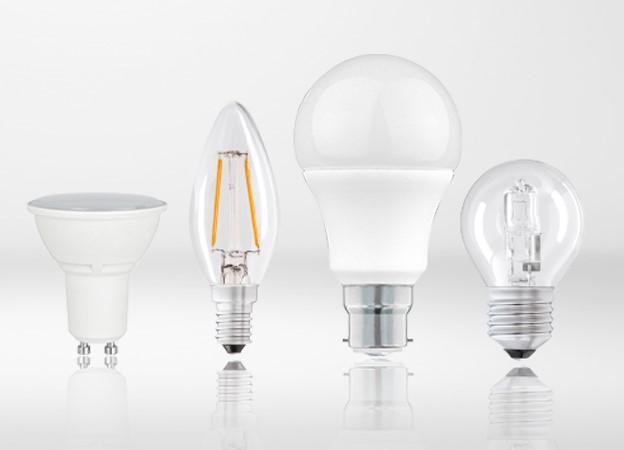LED light bulbs: The brighter choice for a better tomorrow
If
you are looking to save money on your electricity bill and reduce
your environmental impact, switching to LED light bulbs is a great
option.
The benefits of using LED light bulbs make them a great choice for homes and businesses. They are more energy-efficient, last longer, and are more durable than other types of light bulbs. They also produce no harmful emissions, making them a more sustainable choice.
In our endeavour to make our business more eco-friendly, we choose Status International as our main supplier of light bulbs, UK’s leading independent supplier of lightning and electrical accessories. This way we are able to offer our customers a wide variety of energy efficient options for homes and businesses in our stores: Bedford’s, Bryden’s and Tinker’s.
Why are LED light bulbs more energy-efficient than other types of light bulbs?
LED light bulbs are a type of light bulb that uses light-emitting diodes (LEDs) to produce light. LEDs are more energy-efficient than other types of light bulbs, such as incandescent and halogen bulbs. They also last longer and produce less heat.
LED light bulbs are more energy-efficient because they convert more of the electrical energy they use into light. Incandescent and halogen bulbs, on the other hand, convert most of the electrical energy they use into heat.
How LED light bulbs work
LEDs work by emitting light when an electrical current passes through them. The light is produced by the movement of electrons through a semiconductor material. The colour of the light emitted by an LED depends on the semiconductor material used.
Benefits of using LED light bulbs
There are many benefits to using LED light bulbs, including:
Energy savings: LED light bulbs use up to 90% less energy than incandescent bulbs. This can lead to significant savings on your electricity bill.
Longer lifespan: LED light bulbs can last for up to 25,000 hours, which is much longer than incandescent and halogen bulbs. This means you will need to change them less often, saving you money in the long run.
Durability: LED light bulbs are very durable and can withstand even the most demanding conditions. They are also resistant to breakage, so you are less likely to have to replace them if they are dropped or bumped.
No harmful emissions: LED light bulbs do not produce harmful emissions, making them a more sustainable choice than other types of light bulbs.
How to choose the right LED light bulb
When choosing an LED light bulb, there are a few things you need to consider:
Light output (lumens): This is the measure of how much light the bulb produces. You will need to choose a bulb with the right amount of light output for the space you are lighting.
Colour temperature (kelvin): This is the measure of the colour of the light produced by the bulb. You can choose from a variety of colour temperatures, from warm white to cool white.
Bulb shape and size: Make sure to choose a bulb that will fit in the fixture you are using.
Dimming capability: If you want to be able to dim the light, you will need to choose a dimmable LED light bulb.
How to install LED light bulbs
Installing an LED light bulb is usually very easy. Simply follow the instructions that come with the bulb. Be careful not to overtighten the bulb, as this could damage it.
Conclusion
Here are some additional tips for saving even more energy with LED light bulbs:
Turn off lights when you leave a room.
Use motion sensors to turn lights on and off automatically.
Choose dimmable LED light bulbs so you can use less light when needed.
By following these tips, you can maximize the energy savings you get from your LED light bulbs.
